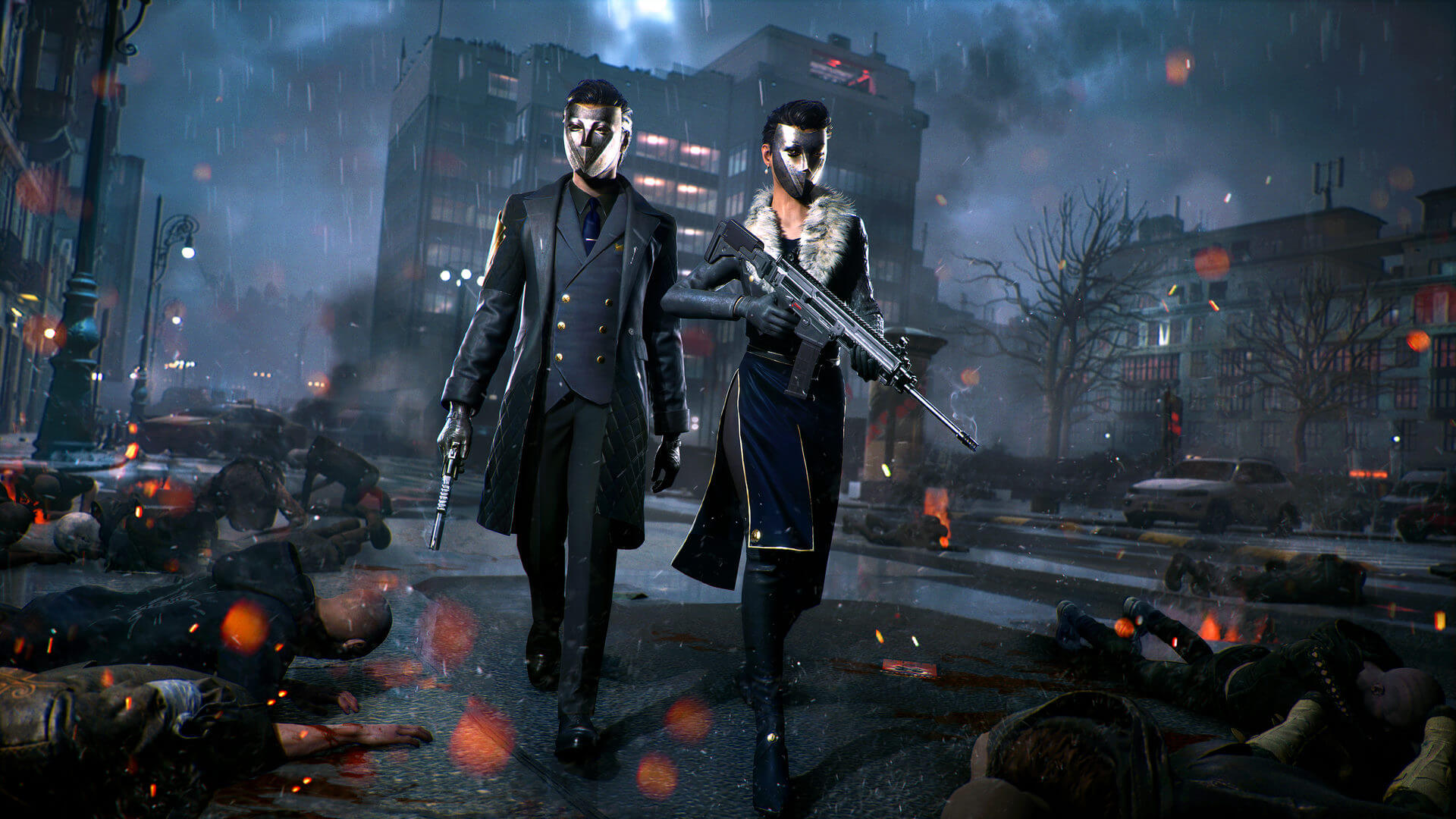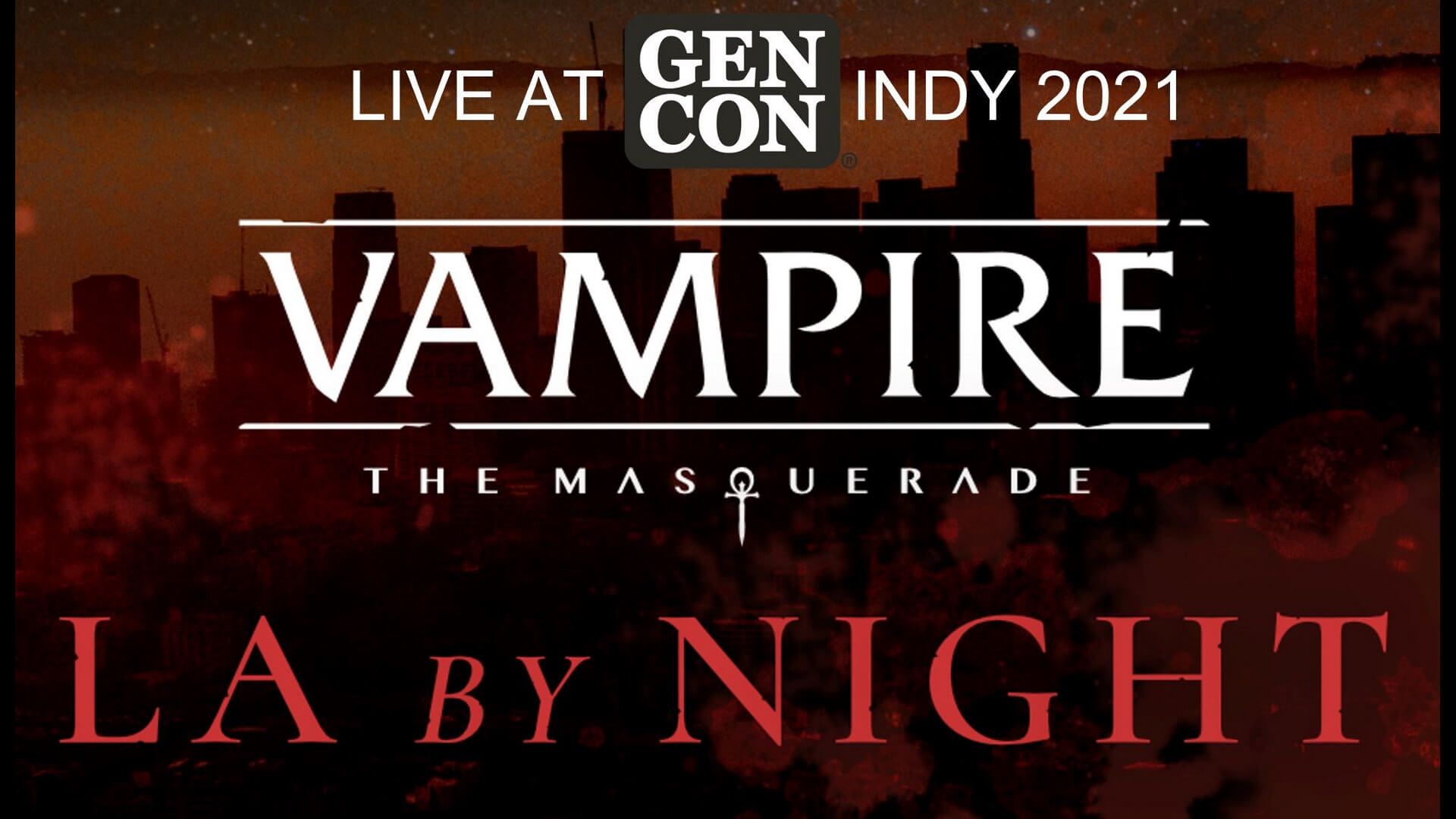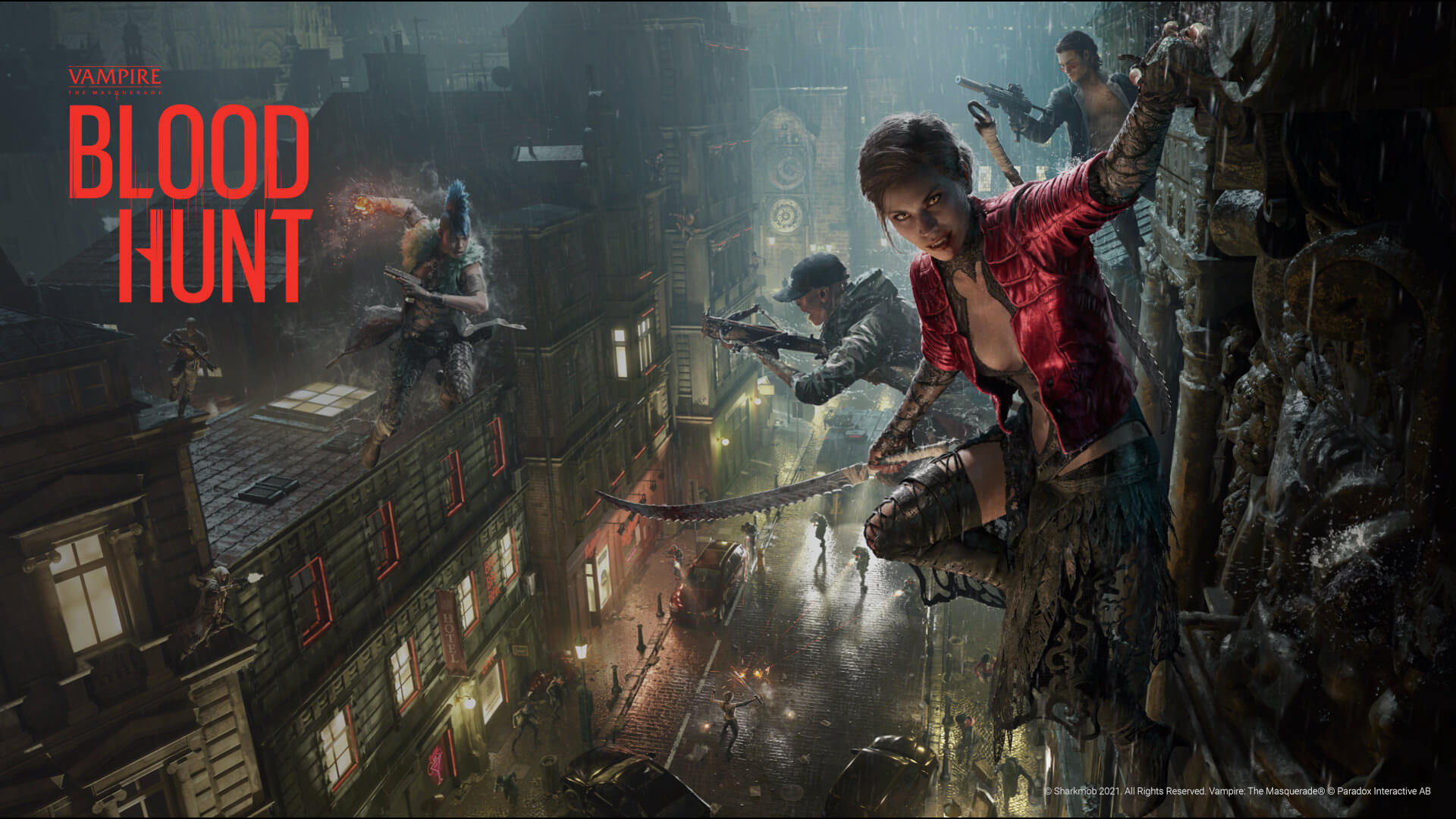Wraith: The Oblivion – Afterlife is Simply Terrifying
I’m iffy on World of Darkness right now. Vampire: The Masquerade – Bloodlines 2 appears to be caught in a death spiral, and Werewolf: The Apocalypse – Earthblood was shockingly awful. So when I heard of Wraith: The Oblivion – Afterlife, I wasn’t quite sold on it. Despite this, when the opportunity to play the first couple hours of the game showed up, I knew I needed to give it a shot. So I tossed on my Oculus Quest 2 and prepared to get haunted. I’m super glad I did.
The game puts you in the role of Ed Miller, a photographer who shows up at the Barclay Mansion to take pictures during a seance. Unfortunately, something goes horribly wrong, and Ed ends up dead. Thankfully, in a bit of good (?) news, he ends up as a Wraith, trapped in the afterlife. How did he die? What went wrong? Can you escape the Barclay mansion? These are just a few of the questions you’re hoping to answer. In my short demo I didn’t get the answers, but I did at least see enough plot to really intrigue me and make me want to stick around for the full story.

Being among the newly dead, Ed has skills. Skills you get when you get killed. At first he can use his power to pull objects from far away into his hand, which always feels nice to do. You have to actually grab the object and then flick up, causing it to fly into the air and into your hand in a satisfying way. Later on Ed also can get access to his camera and flash bulb. The camera can be used to take pictures of specific points in the environment, and upon doing so will give you insights into the events that happened there. It lets you relive conversations, some of which you weren’t there for, and lets you pieces together the events that happened at the Barclay Mansion before your death.
The flash bulb gives you a little more of an active use. You can use it like a flashlight, which is already an important tool in the dark corners of the mansion. How can you go anywhere if you can’t see, after all. If you shine the flash bulb on weird tree root-like outcrops, then you can cause them to dissolve and be destroyed, letting you get around more of the mansion. However, the most important use of the flash bulb is, well, the flash. That’s a tool against monsters, and a rather important one.
Yes, there are other specters in Afterlife, and they’re not really your friend. In the demo I got to see two. One of them was The Hanging Man, and while he wasn’t much of a threat he was terrifying. You can hear him swinging back and forth on his noose, gasping for air all the while. Worse, occasionally he begs his father to just simply notice him, implying the act of suicide was committed due to the lack of parental love than anything else. While he’ll swing back and forth, begging for help, should he notice you he’ll begin to scream. The screaming is enough to drive you insane, and in the room I was in I had to quickly figure out a passcode and enter it before my mind snapped.

The second specter was a bit more direct. Named The Sad Cinematographer, she stalks a few different rooms in the manor. When she’s around things became a more typical stealth horror game. I could pick up bottles to throw that would distract her, and I often had to hide behind objects. Get caught and there were still a few options. I could run and hide in closets. However, I could also use the aforementioned flash bulb to blind the Sad Cinematographer for a while. No matter the case, encounters with these specters was intense, and I never felt at ease knowing one is around.
That said, for all the stuff I liked about Afterlife, there are some issues. Early on I got a power that gave me exceptional senses, and I could use it by holding my hand out and holding down a button. I am still at a loss as to what this power actually does. I think it’s to guide you to the correct locations, but I found that just walking and waiting for scary things to happen worked just as well. There were also weird visual glitches, most notably with Ed’s left hand. First it stopped responding entirely, not folding around any interaction points. Eventually Ed’s fingers began to twist inhumanly, going through his palm or bent fully back. It’d be fantastic body horror if it wasn’t so clearly a glitch. At least it’s just a minor distraction and not a full blown massive issue.
Thankfully, despite this small error, the audio visual presentation is completely on point the rest of the time. It’s impressive just how much atmosphere is being brought to the table here. While moving around I’d hear whispers and doors shutting, always leaving me on edge and wondering if I heard something or if there was someone stalking me. Rooms appear dark when you’re too far from them, and it always gives this feeling of walking into the unknown. All of this combines to make Afterlife, well… simply terrifying.

If all this sounds exciting, Wraith: The Oblivion – Afterlife will be launching on April 22nd, 2021, for Oculus Quest, with a Steam release following on May 25th and PlayStation VR later this year.




